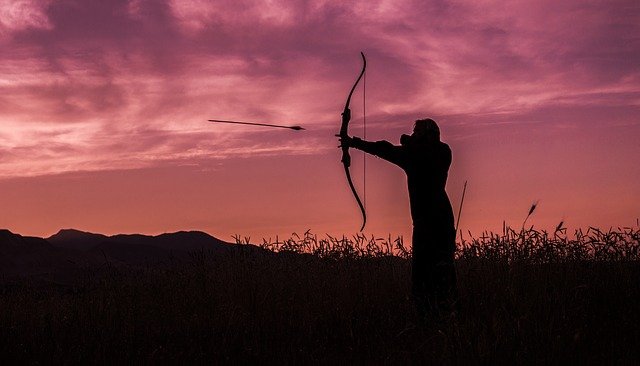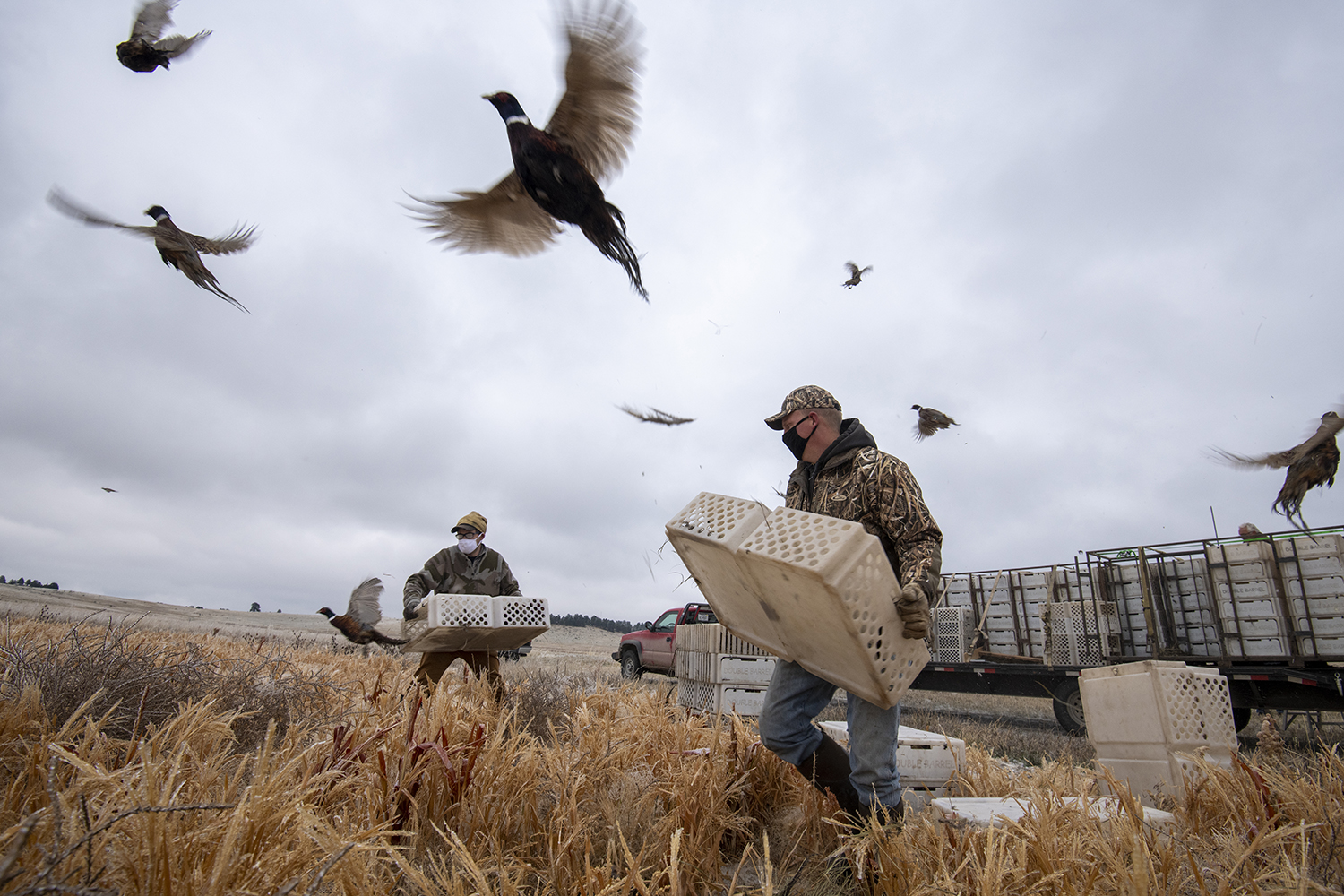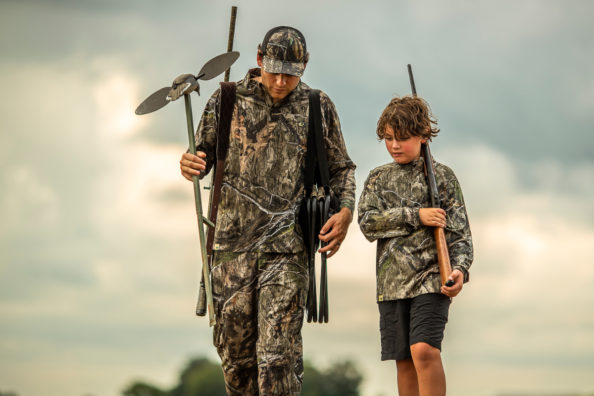
If you are interested in going mountain lion hunting in Arizona, here are some things you should know. Arizona allows 320 mountain lion kills each year. The adult female slaughter rate does not exceed 35 percent. This article also provides information about the 5-day hunt cost and the Research study. For more details, continue reading! Also, find out if mountain lion hunting in Arizona is legal in your state.
Annually, 320 mountainlions are shot in Arizona.
Despite this high kill rate, the Arizona Game and Fish Department continues to take action to protect mountain lions. Arizona legislature amended its mountain lion statutes to allow lethal removal of mountainlions who prey upon livestock. This practice was permitted in Arizona up to September 4, 2019. To justify lethal removal, hunters must prove that livestock has been lost.
The exact number of mountainlions killed each year in Arizona is unknown. However, it is estimated at 320. The majority of these kills are female lions. Many of these young females are also raising kittens. Only Poppy survived from all these killings. The Arizona Game and Fish Department is updating its five-year mountain lion hunting guidelines in response to the AZGFD's latest study.

Adult female harvest never exceeds 35%
Arizona's law limits the adult mountain lion harvest to no more than 35% of the total lion population. The law states that it is illegal to kill an adult mountain lion female if she is pregnant, or accompanied in any way by a spotted cat. Wildlife managers will investigate reports of illegal mountainlion harvest. Arizona Game and Fish Department biologists must perform a physical exam on any successful hunters in order to determine its age, gender and other biological information. The wildlife managers can use the biological data to manage and sustain the population.
Arizona's annual mountain-lion harvest was assessed using six game management units. The department looked at the state's harvest trends and found areas that had fewer than 35 percent of adult females. Natural or man-made barriers can prevent females from dispersing widely, as they are less mobile than their male counterparts. The department assessed the area's adult female harvest and set a regulation to ensure that they accounted for at least 35% of total lion harvest. They also established female harvest thresholds that would allow for shorter hunting seasons.
Cost of a 5-day hunt
A five-day Arizona mountainlion hunt will run you about $7,500. The hunt comes fully outfitted, which includes everything needed to set up camp, prepare food and pack out and transport the animals to the field. Your hunting license and food will need to be paid. Some hunts require you to be fully-outfitted while others do not. Before you make a booking, be sure to understand what to expect regarding the cost.
Talk to a hunting outfitter for more information on the costs of a 5-day Arizona mountain lion hunt. You can search online for the lowest price or call them on the phone. You have the option to add transportation or lodging to your package. This package will cost approximately $6,000 per head, but that's just the beginning. You can make your hunt unforgettable by hiring a hunting outfitter.

Participation in a research study
After years and years of public pressure the Arizona Game and Fish Department raised bag limits and increased quotas in several GMUs. The catch limit in these areas was three lions each day. This has led to an increase of animal deaths, and the need to have more data to improve management. Moreover, the Arizona Game and Fish Department is now implementing a five-year study to better understand the population of mountain lions in the state.
Many factors are responsible for the Arizona mountain lion decline. The predation of bighorn sheep was the principal cause of the decline. Arizona Game and Fish Department examined possible factors that could be contributing to this problem, including disease and habitat loss. The research concluded that bighorn sheep decline is not caused solely by mountain lions. This decline may be due to several factors.
FAQ
Where can a firearm be purchased?
You can find gun stores all across the country. They have everything from entry-level guns to highly-priced weapons.
Gun shops may specialize in firearm sales. These stores have knowledgeable staff members that can help customers choose the right gun.
You can find our guide to handguns if you are looking to purchase a new firearm.
Why is it that the U.S. Department of Agriculture (USDA), only estimates that 1% of hunters kill a deer each year?
The USDA estimates that approximately 6.5 million Americans hunt buck. Only about 2.2 Million actually shoot one.
This means that only about 0.6 percent of all hunters kill a deer each year.
Is it allowed to hunt bears in Alaska
Yes, bear hunting is legal in Alaska. To capture bears, some hunters use traps. Some hunters use traps and snares to capture bears. Others use dogs to locate bears.
Bear hunting is regulated by the Alaska Board of Game. Before they can go into the woods, bear hunters must get a bear license.
Denali National Park Preserve offers bear hunting. Tourists can even go on guided hunts to capture bears.
What type of training does it take to become an experienced hunter? How long does it take?
Basic courses are required in order to learn how you can hunt. This course teaches you about different types of game and gives you information about the laws surrounding hunting.
You will be taught how to safely handle ammunition and firearms. You will also receive instructions on how to safely use these items.
This course can take anywhere from two to three weeks. Some courses can be taken online. Others are taught in person.
To qualify for a license, you must pass a written test. You might also need to prove that you have successfully completed a hunter education program.
What does it cost to be licensed? What if I don’t make enough money?
The cost to get licensed depends on where you live. It can cost anywhere from $20 to $100.
You may be eligible to receive a grant or loan if your income is not sufficient.
In addition to the fee, you will need to purchase a tag. Tags vary in price based on the type of game you plan to hunt.
Tags are available to deer, elks and bears as well waterfowl, upland bird, and furbearers (like foxes).
You may need to register with the Department of Natural Resources in some states before you can get a license.
To ensure that you comply with all regulations, it is important to check the local laws before you start hunting.
How much does it cost for a hunter to become?
Hunting is expensive, depending on where it's done.
Some areas may require you to pay a modest membership fee in order to have access to public lands.
Some states require permits or licenses before you may hunt.
Hunting is expensive depending on the firearm you use. A rifle costs more than a shooting gun.
The cost of a license ranges from $10 to $50. You might need to purchase additional tags depending on the amount of hunting days you have.
Certain species require a permit to hunt. The size of each animal will affect the amount of money that you must spend.
Wild turkey hunting can be expensive. You'll need to pay $150 for a tag.
Statistics
- - Percent of residents with paid hunting licenses: 0.7%- (stacker.com)
- According to the Wildlife Restoration Act, passed in 1937, most of the state conservation efforts are funded through hunting and fishing license sales and firearms sales. (stacker.com)
- Licenses dropped from a peak of roughly 17 million in the 1980s to 15 million in 2019, according to The Seattle Times. (stacker.com)
- Indiana, for example, saw a 28% jump in turkey license sales during the first week of the season. (stacker.com)
External Links
How To
How can I teach my son hunting?
This is a common problem. Many parents want their children learn to shoot guns. But they don't know where or how to start. Safety should be your first concern when teaching your child to use a gun. Safety is the first thing you should think about when teaching your child how to use a gun. It's important to make sure that he fully understands shooting rules. He should be taught to keep his finger away from the trigger when he is ready to fire. If he accidentally shoots himself, you must immediately stop playing around and take him to the hospital.
The next step will be to teach him how you handle different types. This includes shotguns (pistols), rifles, and airguns. To help your kid choose the one that suits him best, it is important to know how each weapon works. When selecting a weapon, consider its size and weight, as well accuracy and power. A good starter rifle would be a.22 caliber rifle. It's small enough for beginners to hold, yet powerful enough to kill pests like squirrels. A 12 gauge shotgun can be used by adults comfortably and still provides enough power to kill animals. Airguns are quiet, easy to operate, and are great for kids who are just starting to learn how to shoot.
You should now help your child practice shooting at targets. He should practice shooting from different angles and positions in order to discover which position works best for him. You must also ensure that he understands how to properly clean, maintain, and store his weapon.
Once your kid has mastered the basics, you can move on to hunting. There are many methods to teach your child hunting. You can let your child go on a nature walk with you. Another option is to purchase a gun at a shop and teach your child how to load and unload it. Another option is to buy a dog to teach your child how to train it. Dogs are very easy to train. They can also be fun to play and become friends with your child.
If none of these options appeal to you, you can hire someone who will teach your child. This is an expensive option and will require a lot more babysitting.